Memory’s Ark: Fayez Barakat and His Collection of Cultural Resonance
Maria Fonseca
Wed Jul 23 2025

Fayez Barakat’s collection is a powerful testament to the preservation of global cultural memory, spanning Islamic textiles, Persian miniatures, African sculpture, and classical antiquities. Highlights include the 19th-century Black Sitara of the Ka’aba, a 16th-century Nok terracotta head, and an Apulian red-figure pelike depicting Dionysos and Ariadne. Each piece serves as a vessel of memory, embodying spiritual, artistic, and historical significance across time and civilizations. Through this collection, Barakat offers not mere artifacts, but a reverent bridge between humanity’s past and its evolving sense of identity.
In an age where rapid change threatens to erase the echoes of the past, Fayez Barakat’s art collection stands as a vigilant guardian of cultural memory. Each artifact he preserves serves as a portal to histories, peoples, and traditions that shaped our world. His collection is a carefully curated Noah’s ark of heritage, sheltering treasures that testify to humanity’s artistic and spiritual journeys across centuries and continents.
Among the collection’s crown jewels are the Islamic textiles, especially the Black Sitara of the Ka’aba (circa 1850-1851). This black silk curtain, resplendent with gold and silver embroidered Qur’anic verses, was commissioned during the reign of Ottoman Sultan Abdul Majeed I. It was designed to drape the Ka’aba, Islam’s holiest sanctuary, signifying the profound connection between art and faith. The sitara’s inscriptions, written in elegant Thuluth script, evoke both the sacred text’s spiritual power and the masterful craftsmanship of Ottoman artisans (Barakat Gallery).
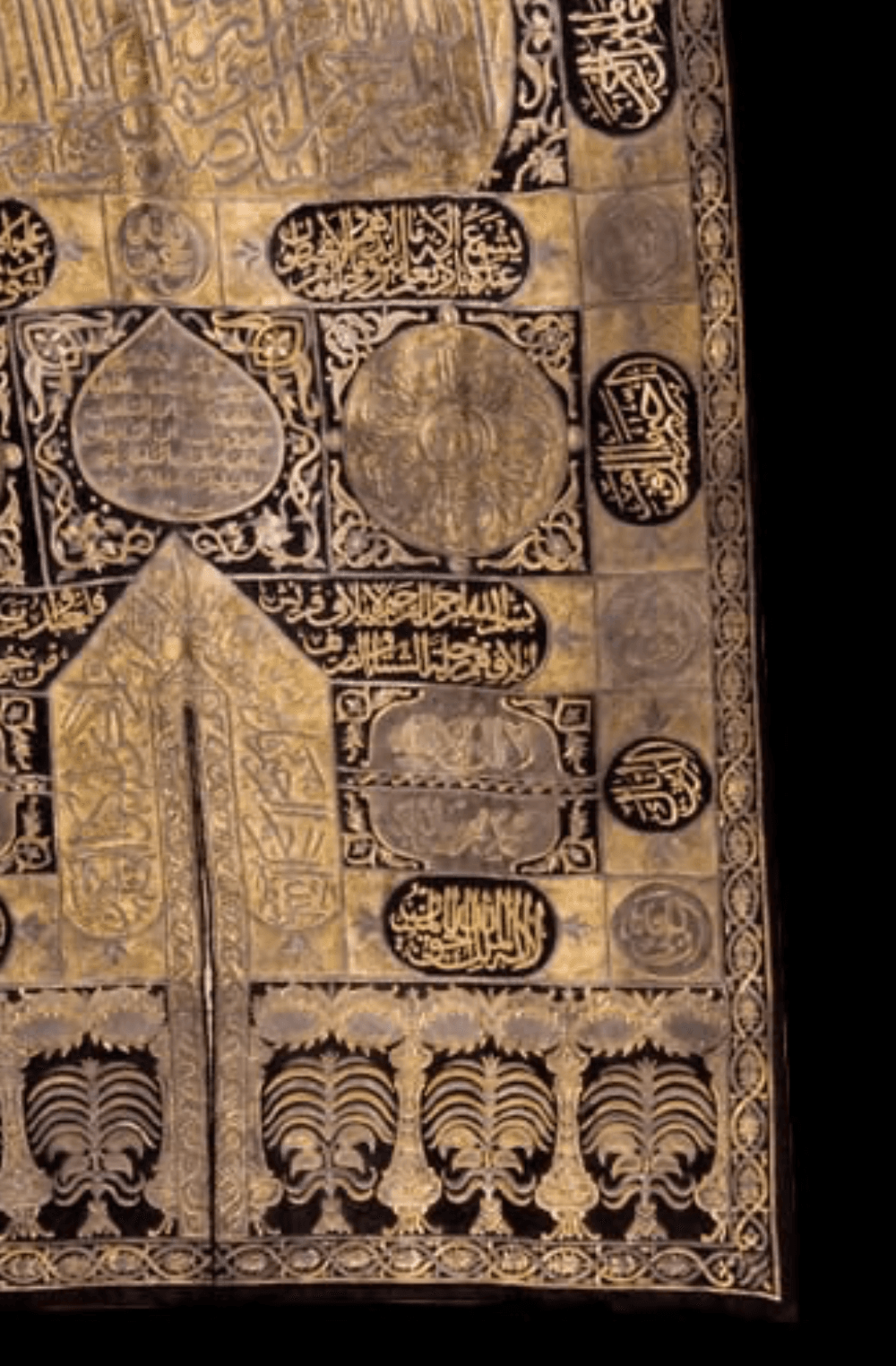
Complementing this is the Colour Sitara of the Ka’aba (1767-1768), commissioned by Sultan Selim III. This piece’s vibrant color palette and intricate gold thread embroidery uses gold and silver thread to quote certain passages from the Qur’an. Each Sitara carried the monogram of the ruler who commissioned such an extraordinary work.
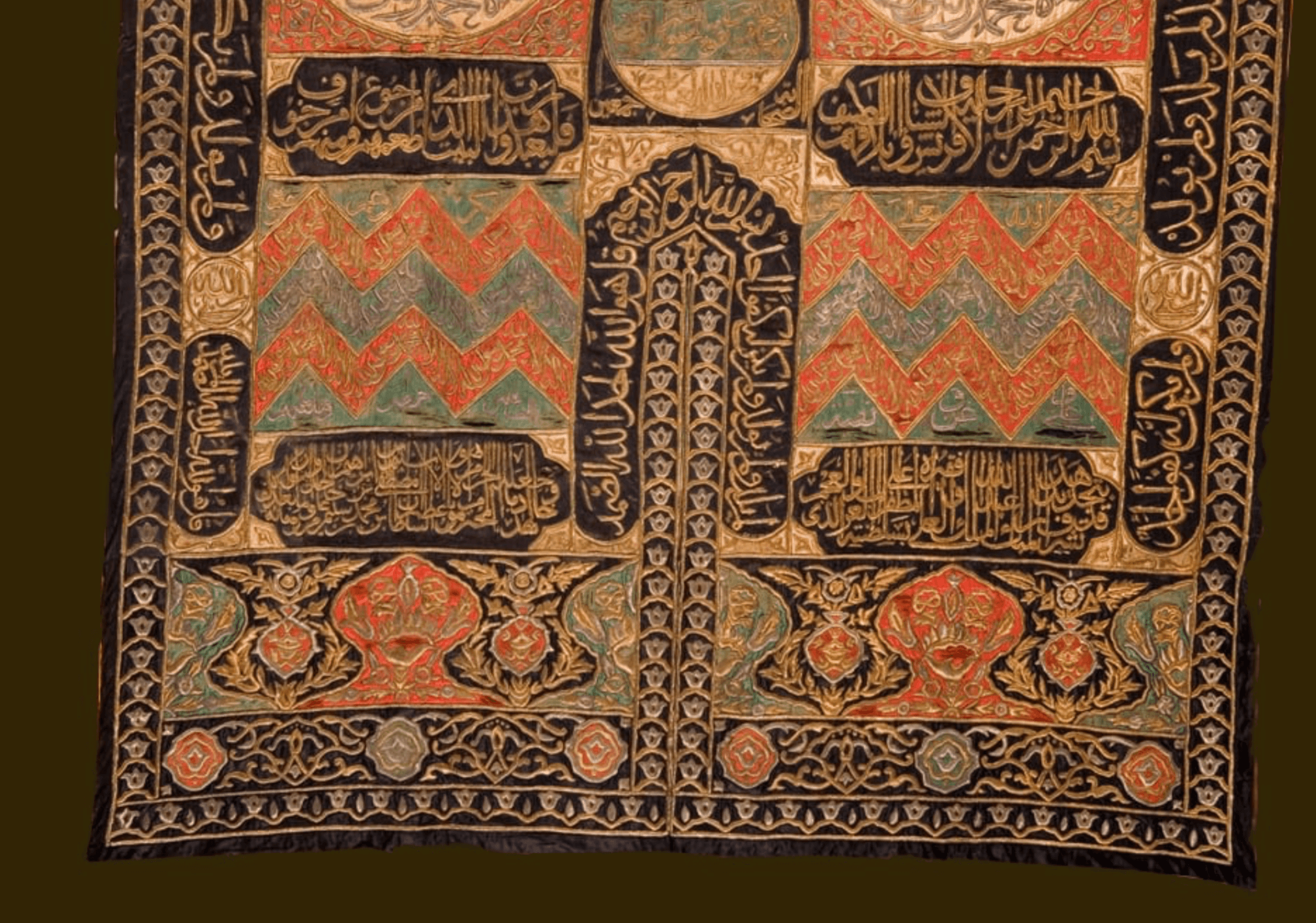
Moving beyond textiles, the collection boasts a remarkable array of Ottoman ceramics. For instance, a fine Iznik ceramic plate from the 16th century, decorated with cobalt blue and turquoise floral motifs, exemplifies the peak of Ottoman ceramic artistry. These ceramics were prized in palaces and mosques alike, their delicate glazes and intricate patterns reflecting the synthesis of artistic influences from the Islamic world and Byzantine traditions. Such pieces are emblematic of how art bridged spiritual and secular life in Ottoman society.
Barakat’s collection also includes Persian miniatures, which illuminate the rich tradition of illustrated manuscripts. A notable example is a 16Th century Persian miniature painting in Parchment. Painted with the delicate touch of a master, this exquisite picture is a superb example of Persian court art. The use of costly parchment further suggests that it was originally part of a major work created for an important patron. It depicts a young prince seated with an older man, most probably his teacher. The attention to the details of nature--to the birds, the trees and the flowers- is in the classic Persian tradition. Gazing upon the serene beauty of the scene, we are transported into a timeless dream world.
Each miniature is a jewel of narrative artistry, connecting viewers to epic lore and spiritual ideals (Barakat Gallery).
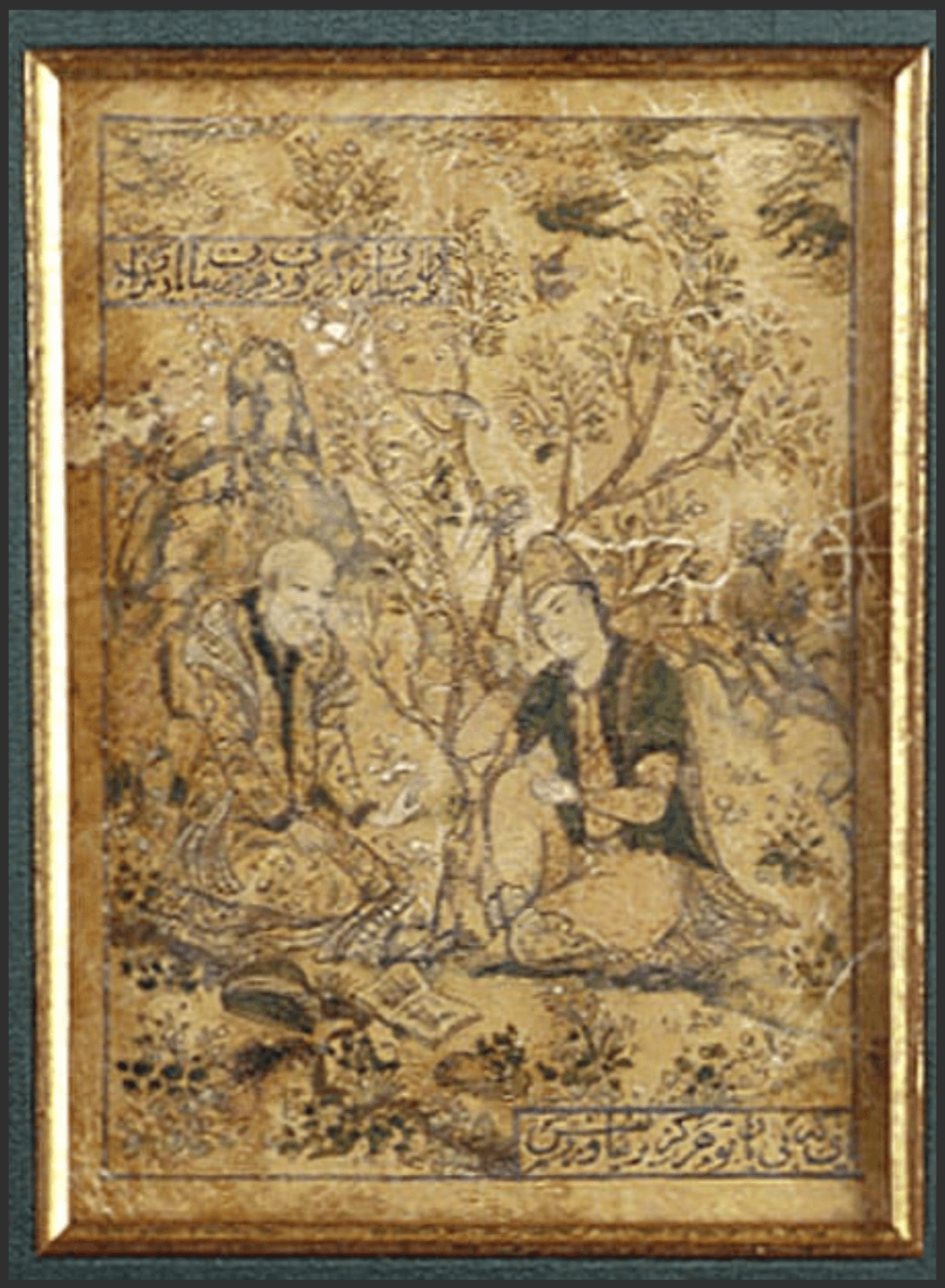
The collection’s breadth extends to African Art holding more than 5,000 African works now as per his own words. As an example we can refer to his Nok's sculptures. The Nok style, dating to a time before the birth of Christ, is the earliest known example of terracotta African portraiture. It emerged from what is now central Nigeria and represents a remarkable artistic achievement. The first Nok terracotta head was discovered in 1928, revealing a tradition that had long been buried beneath the earth. These sculptures are dramatic representations of important individuals, capturing not only physical likeness but also spiritual and societal stature.
The Nok terracotta Horned Head sculpture, in particular, captures an ancient personage from the Nok culture. His elongated face, with strikingly pronounced features, conveys a sense of authority and command. His wide-set eyes have gazed upon scenes now lost to time, and his pronounced mouth may once have uttered powerful words that resounded through his tribe. We are left to wonder: was he a shaman, a high priest, a king, or a tribal leader seeking spiritual strength? The horned helmet atop his head suggests a ritual or spiritual function, a motif echoed across many cultures as a link to the divine.
The artistry of the Nok reveals both a diversity of conceptual forms and a unity of style so distinctive that it is unmistakable. This consistency, alongside the expressive power of the figures, has left an indelible mark on the art history of ancient Nigeria. Only recently have new terracotta art forms been discovered further north of the Jos Plateau—those of Sokoto and Katsina—expanding the reach and richness of Nigeria’s early sculptural heritage.
In this portrait, the significance of a once-living figure has been immortalised. The sculptor’s hands have preserved not only a face but a story—one of identity, spiritual force, and cultural memory—etched permanently in clay.
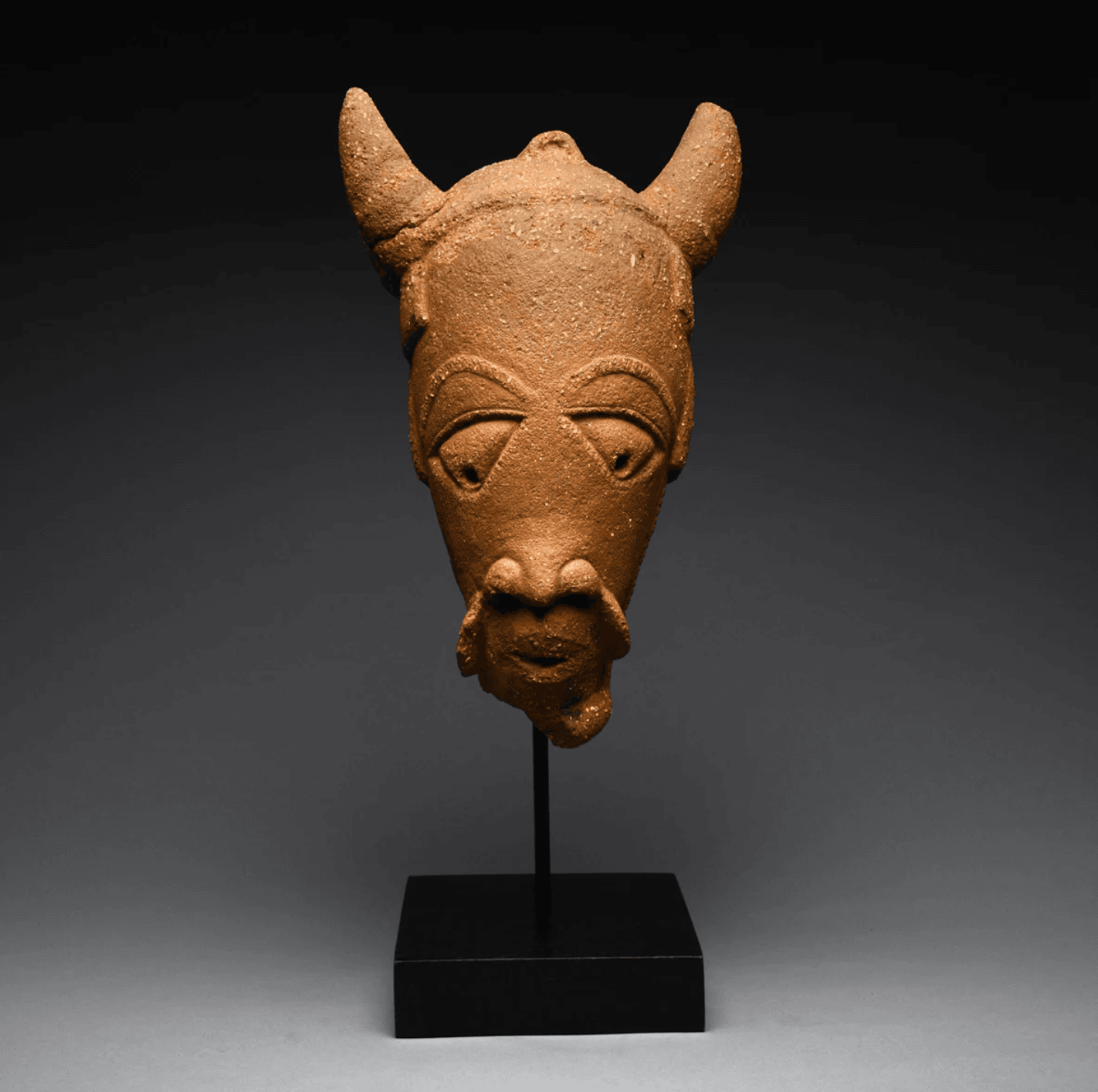
Barakat’s engagement with African Art is not only about collection but also about recognising its profound impact on global modern art. The story of his encounter with Pablo Picasso underlines this. Picasso’s famous appreciation for African masks and sculptures as inspirations for Cubism echoes in Barakat’s commitment to preserving such artworks. Within his holdings are classic African sculptures and ritual objects that carry both aesthetic power and spiritual significance. These pieces, some dating back several centuries, highlight the deep-rooted artistry of African civilizations often overlooked in Western art narratives.
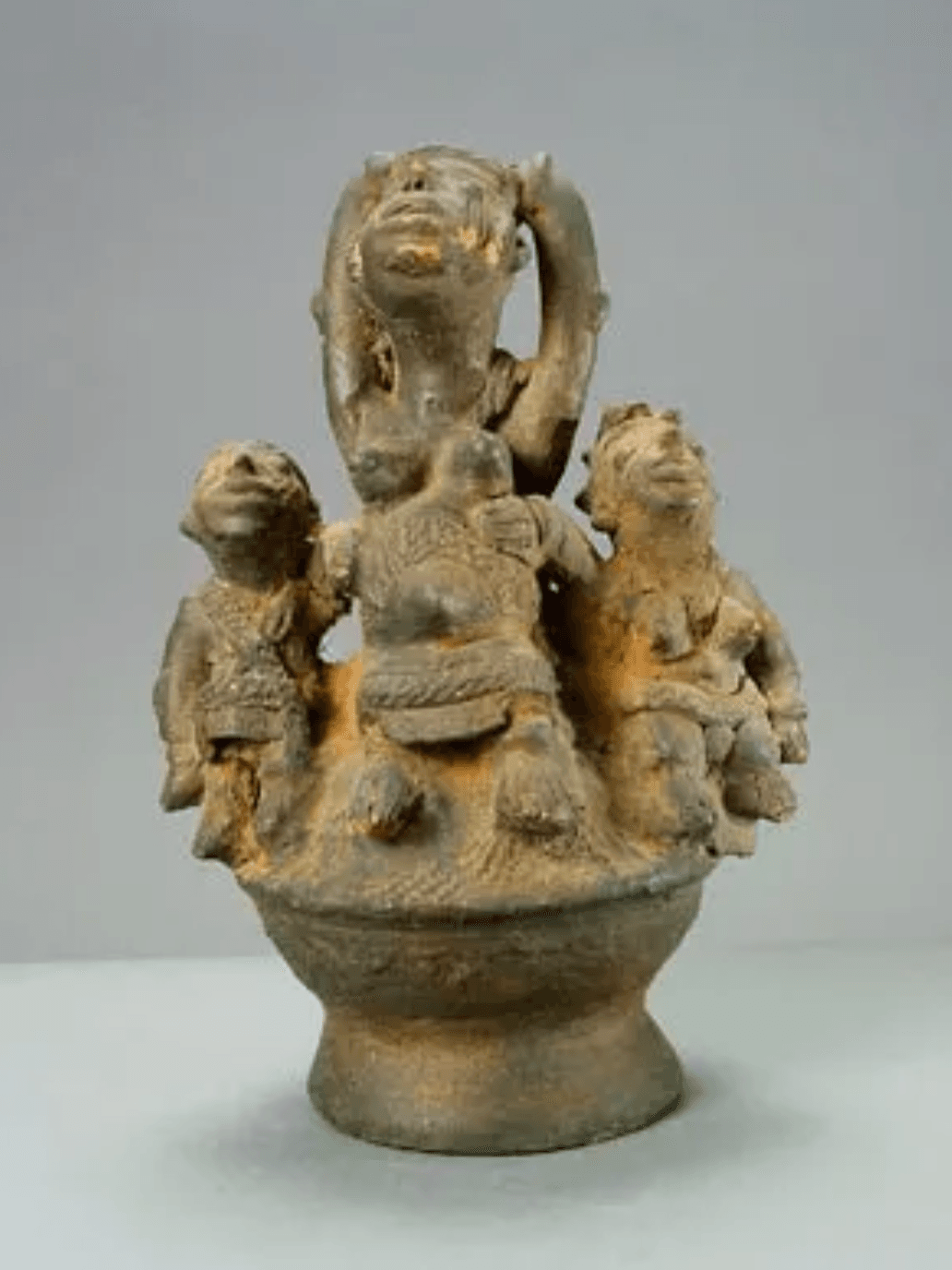
Finally, Barakat’s collection includes an array of incredible masterpieces such as its classical Mediterranean artifacts. A final example is an Apulian terracotta Pelike. The pelike is a type of amphora distinguished by its two handles and its rounded body, whose widest point lies below the midline of its height. Originally designed as a storage vessel for liquids—particularly oil and wine—more elaborate examples like this one were likely used in funerary contexts, suggesting both ritual and commemorative functions.
On the obverse, the scene depicts Ariadne standing gracefully to the left, draped in flowing garments with her hair elegantly arranged beneath a sakkos. Beaded jewelry adorns her neck and wrist, emphasizing her noble or divine status. Opposite her, to the right, sits Dionysos, the god of wine and ecstasy. He is seated on his chlamys, wearing a fillet in his hair, and holds a kettledrum in his right hand and a thyrsus—his sacred staff—in his left. Although his body is turned slightly away, he looks over his shoulder towards Ariadne, creating a subtle but poignant interaction between the two figures.
Decorative bands frame the central imagery: above, a frieze of rosettes and dotted ovolo motifs, and below, the meander pattern, both characteristic of the style and period.
The reverse features two standing, draped youths. One leans upon a staff, while both are flanked by palmette designs. Unlike the obverse, the neck of the vessel on this side is adorned with a laurel wreath motif, adding a note of contrast and further refinement to the overall composition.
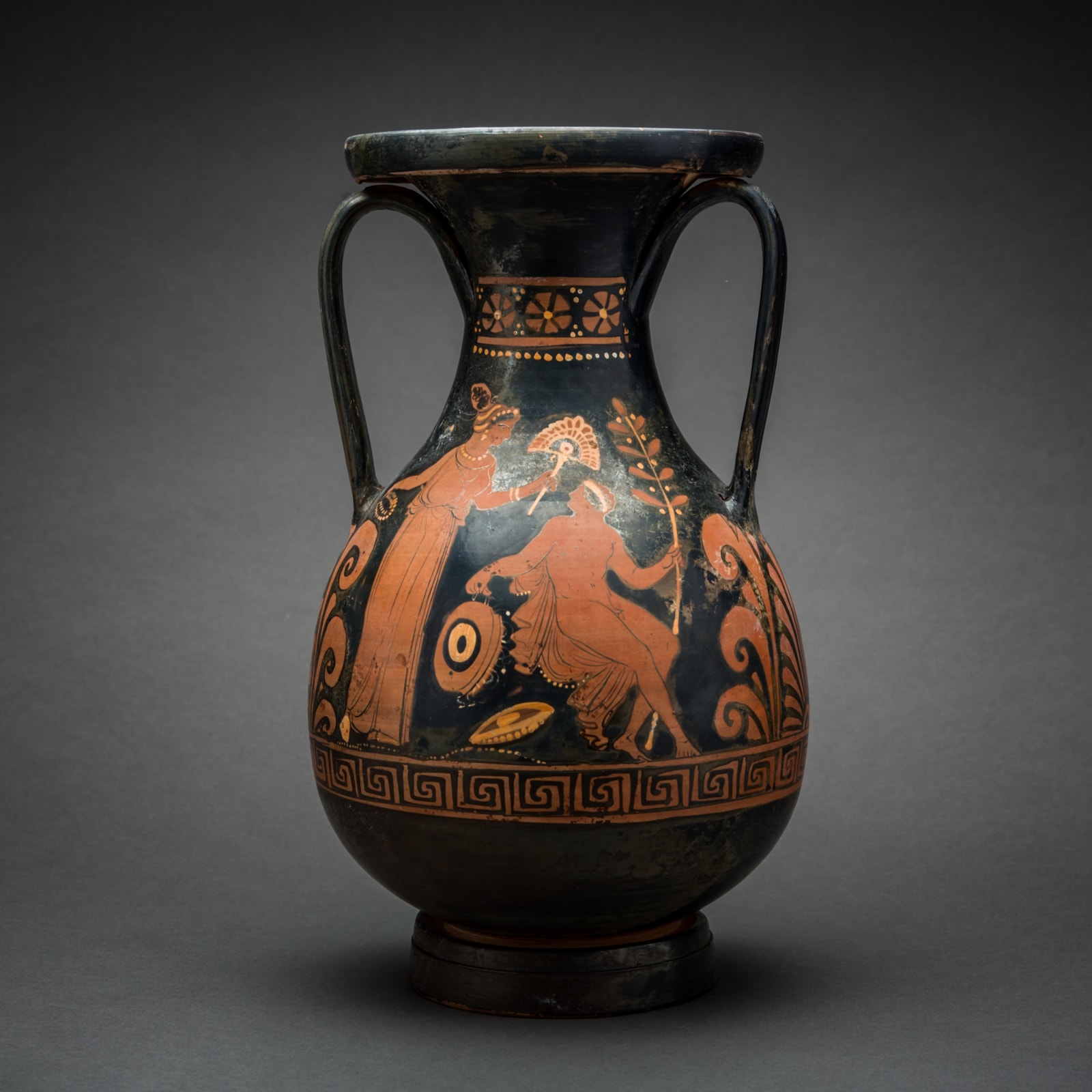
The Memory Ark
What unites these diverse objects is their shared function as vessels of memory. Fayez Barakat’s collection is a conscious effort to protect fragile histories — preserving the material witnesses of human experience, belief, and creativity. Like Noah’s ark, this collection safeguards cultural life through the storms of time and change.
In an era dominated by fleeting digital images, the collection’s physicality invites a slow, reflective encounter. To stand before one of Barakat’s Ka’aba sitaras or ceramic is to touch a lineage of devotion, craftsmanship, and cultural continuity. It is an invitation to acknowledge art’s unique ability to carry memory, provoke reflection, and sustain identity.
Barakat’s stewardship is a living philosophy: that history, culture, and spirituality are not static relics but ongoing legacies to be honored, protected, and shared. His collection transcends mere ownership — it embodies a sacred responsibility to carry forward the treasures of human heritage with humility and reverence.
References
Barakat Gallery - barakatgallery.eu
Denny, Walter B. Islamic Art and Architecture. Thames & Hudson, 2004.
Welch, Stuart Cary. The Art of the Persian Courts. Metropolitan Museum of Art, 1979.
Rubin, James H. Primitivism and Twentieth-Century Art. Museum of Modern Art, 1984.
previous
Why Is the Heart Associated with Love?
next
Subnivium: The Secret Ecosystem No One Knows About
Share this

Maria Fonseca
Maria Fonseca is an interdisciplinary educator, writer, artist and researcher whose work bridges the realms of academic knowledge, community engagement, and spiritual inquiry. With a background in Fine Art and a doctorate in creative practice, Maria has spent over a decade exploring the intersections of human experience, cultural meaning, and collective transformation.
More Articles
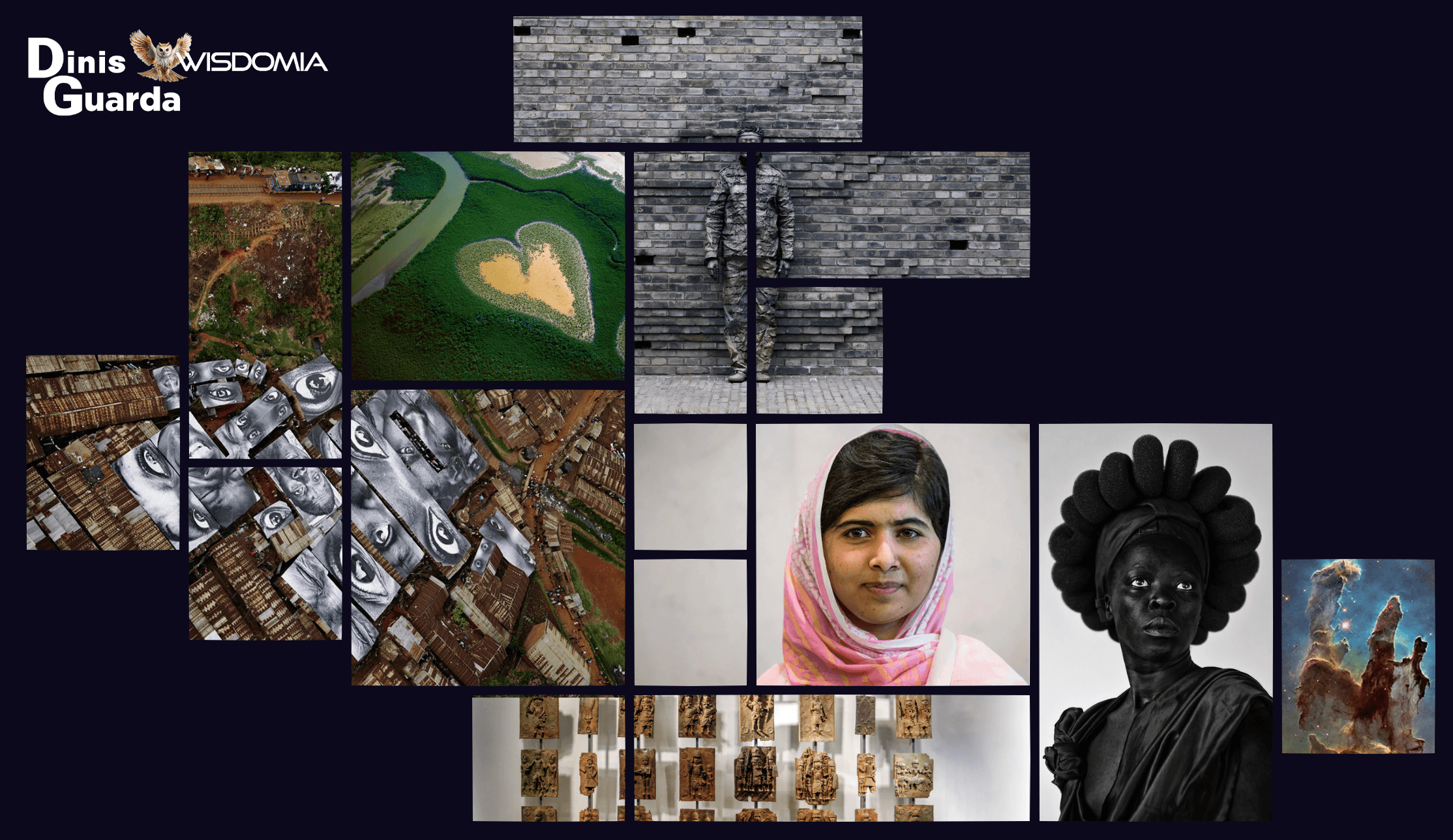
The Digital Convergence: When Images Became Everything, Everywhere, All at Once

Modern Revolutions and the Digital Explosion: Images That Shattered and Rebuilt Reality

Renaissance Humanism and the Birth of the Modern Gaze: Images That Taught Us to See Ourselves
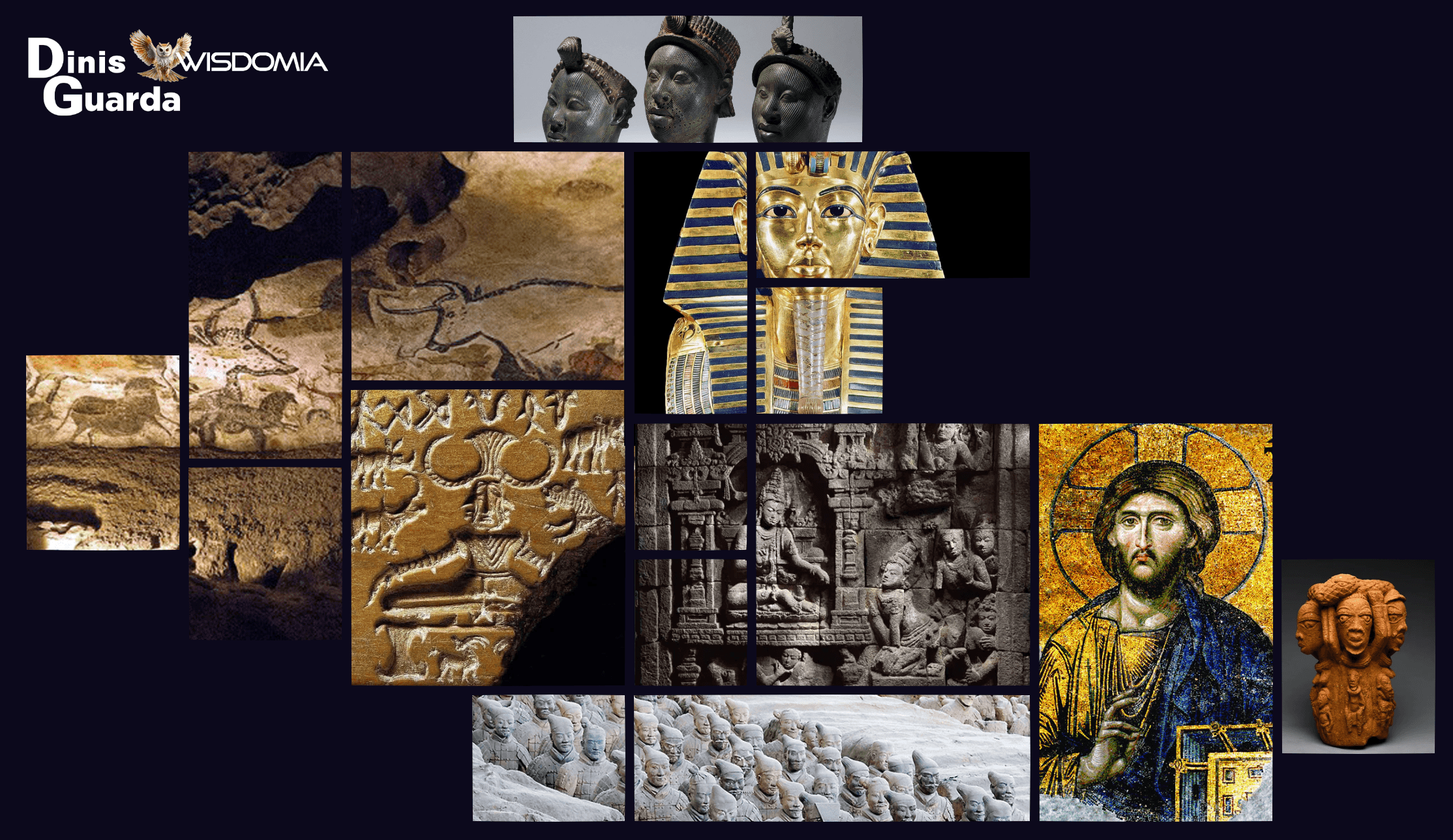
When Vision Becomes Destiny: The First 25 Images That Shaped Human Consciousness

What a Small Indian Village Teaches the World About Sustainability





